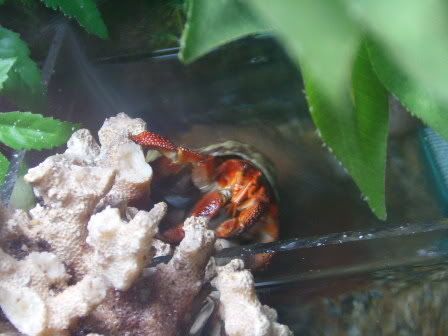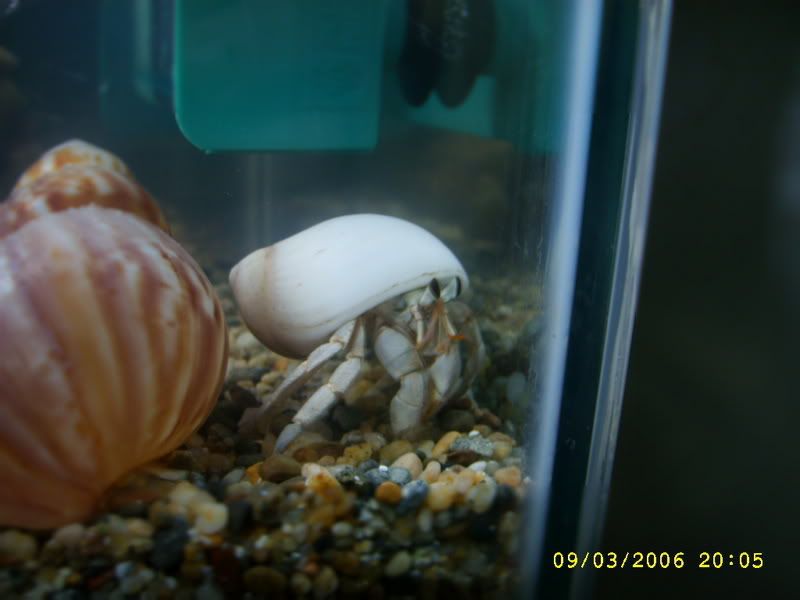The great bathing debate
Posted: Sun May 04, 2008 7:13 pm
I know that bathing is one of the most debated subjects on the forums so I hope that this post does not open up a pandora's box of arguing.
The only arguments that I hear for or against crab bathing are based on assumptions; "bathing crabs is good because it gets them active which means they are happy" or "crabs are active after bathing because it stresses them." Never do I hear anything based on solid facts.
I can't remember if it was in a care sheet I read when i worked at Petco, or if it was on a website, but I read somewhere that bathing crabs is an important part of maintaing crab health because it substitutes the rainfall that keeps a crab's gills moist in the wild.
I used to bathe my crabs when I got them, then I heard that it was bad and I stopped shortly after starting. They didn't seem to enjoy it at all but they also do not enjoy wadeing through the water either unless it is no higher than their feet. If they are wandering the tat and they come in contact with one of the water dishes, they recoil in what looks like fear or disgust. This is most likely because they are cold blooded and do not like the cooling effect of water regardless of whether it keeps their gills moist.
One thing that should definitely be noted in this debate is that the legendary Carol Of Crabworks has bathed her two PPs for their entire, almost thirty year, lifespans. I don't know of any anti-bathers that have kept their crabs alive for almost thirty years, but that doesn't mean that there aren't any.
I don't know if I should start bathing my crabs again or leave em be. How could we, as members of the HCA, help solve the bathing question as it pertains to crab health?
The only arguments that I hear for or against crab bathing are based on assumptions; "bathing crabs is good because it gets them active which means they are happy" or "crabs are active after bathing because it stresses them." Never do I hear anything based on solid facts.
I can't remember if it was in a care sheet I read when i worked at Petco, or if it was on a website, but I read somewhere that bathing crabs is an important part of maintaing crab health because it substitutes the rainfall that keeps a crab's gills moist in the wild.
I used to bathe my crabs when I got them, then I heard that it was bad and I stopped shortly after starting. They didn't seem to enjoy it at all but they also do not enjoy wadeing through the water either unless it is no higher than their feet. If they are wandering the tat and they come in contact with one of the water dishes, they recoil in what looks like fear or disgust. This is most likely because they are cold blooded and do not like the cooling effect of water regardless of whether it keeps their gills moist.
One thing that should definitely be noted in this debate is that the legendary Carol Of Crabworks has bathed her two PPs for their entire, almost thirty year, lifespans. I don't know of any anti-bathers that have kept their crabs alive for almost thirty years, but that doesn't mean that there aren't any.
I don't know if I should start bathing my crabs again or leave em be. How could we, as members of the HCA, help solve the bathing question as it pertains to crab health?







